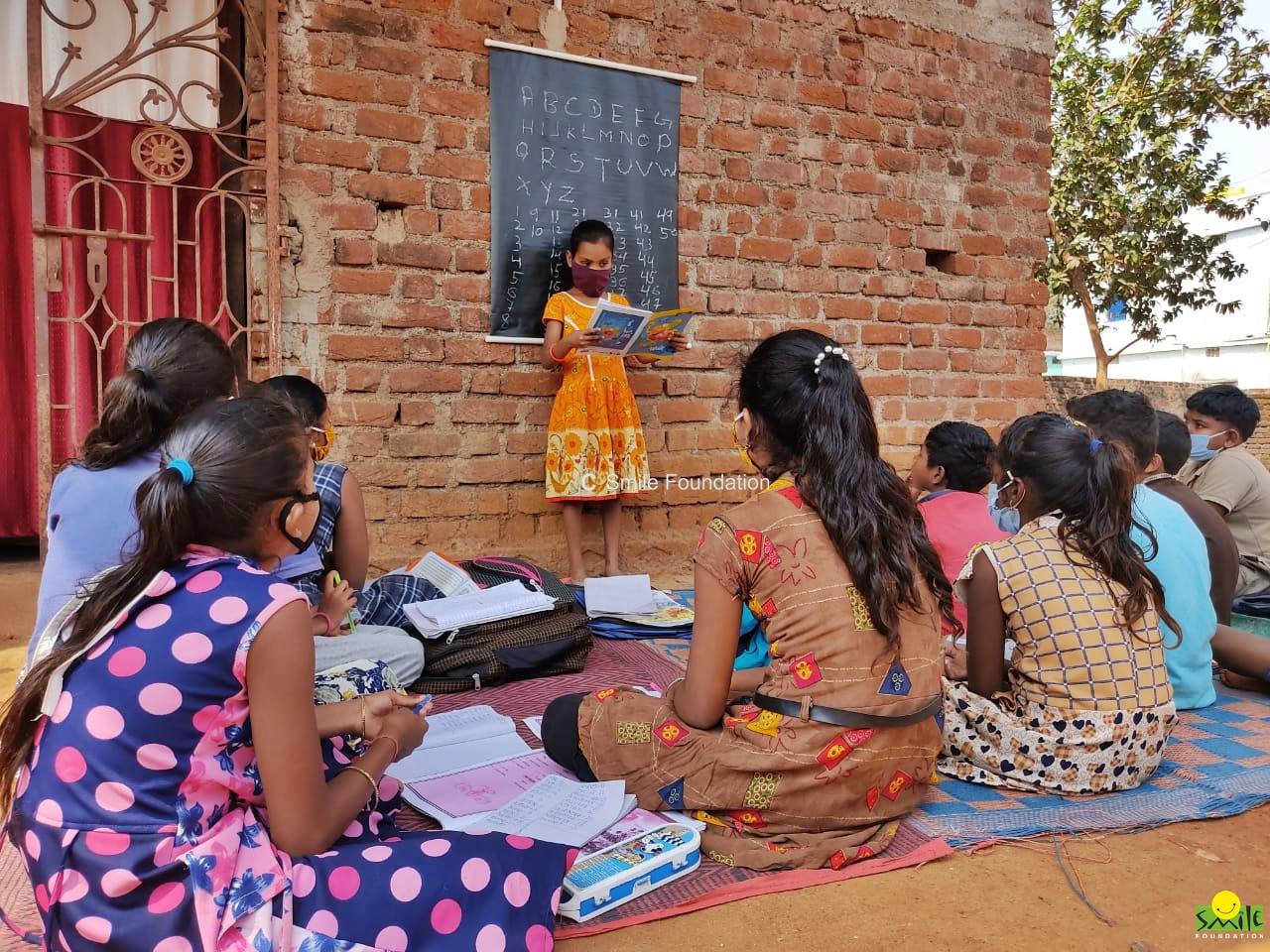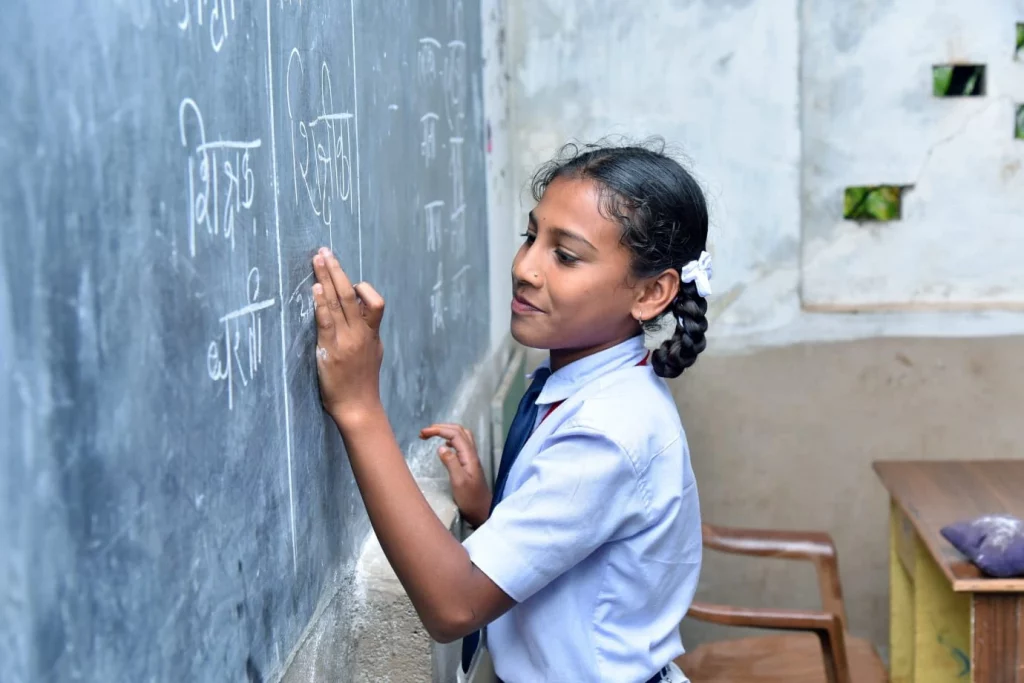To educate girls is to lead the way to prosperity. It is the best way to reduce inequalities and build communities. When we educate girls we also take a step towards reducing poverty. But around the world girl, children face discrimination in various forms. Girls do not receive adequate nutrition; they have less or no access to healthcare and there is a huge gap in the education for girls. According to a UN report, 132 million girls are currently out of school. Some of the main reasons which act as barriers for girl child education are poverty, gender bias, gender-based violence as well as lack of proper sanitation facilities in schools, etc. In India as per census, 2011 female literacy rates have increased from 18.33 percent in 1951 to 74.00 percent in 2011. But the problems that girls face to get an education still remain the same.
Challenges to Girl Child Education
Gender Discrimination in India
Girls in India face discrimination both inside their homes and outside in their communities. Inequality in India means unequal opportunities for girls. India is the only country in the world where the mortality of girls under- 5 years exceeds that of boys.* Girls are encouraged and also engaged more in household work and drop out of school at an early age. Most of the time their movements are restricted to get an education and engage in social exchanges.
Poverty
Poverty and gender-based preference are two of the main challenges which impact girl child education. Girls are forced to stay at home or engage in daily wage labor to contribute to the income of the house. According to a UN report, every year more than 1.5 million girls in India are married before they turn 18. They are not allowed to go to school after marriage. Eventually, these young girls become mothers at an early age which has adverse effects on the health of both mother and child.
Distance from Home
Even though 80 percent of schools in India are in the country’s villages, most of them are non-functional. There is a severe lack of teachers, proper teaching-learning facilities, and infrastructure. Children in rural areas often have to walk a long distance to reach school in a different village or city. Due to fear of harassment and violence against girls, most parents prefer to not send their girls to school.
Lack of Toilets in Schools
In developing countries like India, a lack of separate toilets for girls and boys is one of the top barriers to education. Adolescent girls frequently miss school due to hygiene-related problems and eventually drop out. Schools do not provide sanitary napkins due to extreme taboo which often lead to girls of menstruating age dropping out of school.
Smile Foundation Interventions

Smile Foundation works extensively in the field of girl child education and health. With 240 Mission education centers across 23 states of India, the organization has ensured education for every child, especially girl children. Counseling sessions are held for parents to help them understand the benefits of education for their girls. Women and adolescents girls are counseled on a routine basis on the need and importance of personal hygiene. Special sessions are conducted with mothers to reduce sex-selective discrimination. Male members of the families are educated to encourage their girls to continue their education. Young girls are trained to become confident, self-reliant and lead the way forward for nation-building.
To support girl child education, nutrition, and health visit https://donate.smilefoundationindia.org/she-can-fly










